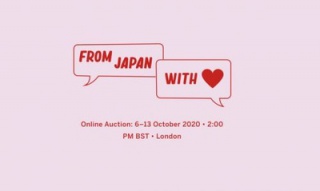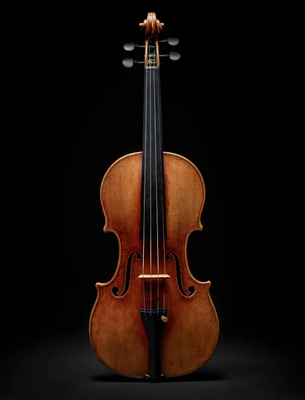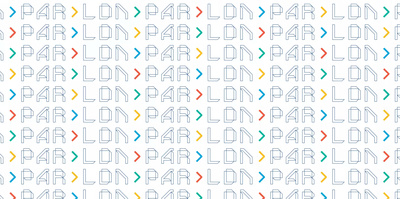Contact us
Paris Ouest (Paris 16ème - Victor Hugo)
Sotheby's International Realty
Sotheby's International Realty
- 138 Avenue Victor Hugo
- 75116 PARIS, France
- +33 1 40 60 50 00
Paris Ouest (Paris 16ème - Auteuil)
Sotheby's International Realty
Sotheby's International Realty
- 50 rue d'Auteuil
- 75016 PARIS, France
- +33 1 56 26 56 55
Paris Ouest (Paris 17ème - Etoile Monceau)
Sotheby's International Realty
Sotheby's International Realty
- 82 Avenue de Wagram
- 75017 PARIS, France
- +33 1 46 22 27 27
Paris Ouest (Neuilly-sur-Seine)
Sotheby's International Realty
Sotheby's International Realty
- Place Sainte Foy - 2 Rue de Chézy
- 92200 NEUILLY, France
- +33 1 41 43 06 46
Paris Ouest (Hauts-de-Seine - Yvelines)
Sotheby's International Realty
Sotheby's International Realty
- Place Sainte Foy - 2 rue de Chézy
- 92200 NEUILLY, France
- +33 1 41 25 00 00
Paris Marais
Sotheby's International Realty
Sotheby's International Realty
- 37-39 rue de Turenne
- 75003 PARIS, France
- +33 1 48 87 14 41
Send an email
- Home
- >
- All news
- >
- Expositions Sotheby’s
- >
- From Japan with Love
From Japan with Love
Sotheby’s London’s first-ever sale dedicated to contemporary Japanese printmakers celebrates the pioneers of the Neo-Pop movement and explores their global influence. Prints and multiples by world-renowned artists such as Yoshimoto Nara, Takashi Murakami and Yayoi Kusama shed light on kawaii culture and more, while provocative photographs by artists from Nobuyoshi Araki to Rinko Kawauchi unveil shibari philosophies. Altogether these works bring subcultures from otaku to kinbaku to London, from Japan with love.

For the first time, Sotheby's London is collaborating with famous Japanese engravers such as Yoshimoto Nara, Takashi Murakami and Yayoi Kusama, known for their Kawaii culture but also for their very daring works, offbeat of this "cute" spirit. We open the door to a subculture, the relationship to love in Japan.
TAKASHI MURAKAMI
This artist, frequently compared to the famous Andy Warhol, embraces cleavages with logic and the pointing out contradictions. This is reflected in his art and his desire to highlight the two antipodes that are Japanese and Western culture and yet manage to merge. "Superflat" is a Murakami concept to explain cultural attributes.
MICHAEL DARLING IN TAKASHI MURAKAMI: THE OCTOPUS EATS ITS OWN LEG, 2017
The works make us apprehend an imaginary world, composed of floral motifs such as technicolor flower balls and elements representing the desires and fears of man. One has, as with Warhol, an original relationship to the everyday life and its particularities. The kawaii culture was born at the beginning of the 2000s, mixing the cute with the pathetic. We can take the example of the girl Nara, who looks like a child but lives and feels like an adult. We find this spirit in the photography, which frequently deals with eroticism and sexuality is put at the center of the work.
For example, Araki mixes ancient and modern Japanese cultures, approaching traditional tattoos and superimposing the contemporary sexual environment. These works are a tribute to the Japanese art of Shunga, in which eroticism and humor have been a constant source of inspiration. The most widespread and successful Japanese works abroad are the manga and their televised version, the anime. These two artistic processes represent well this alliance between cute and violence, as can be seen in Pokémon and Dragon Ball, which link "cute" to fights or monsters.
Moriyama has published Kiroki (lot 24), quite exceptional as there are only 300 copies per issue, in a documentary style with a more intimate and artistic approach. One can quote Le voyage sentimental, a particularly touching work.
Finally, the photographs available for sale show the passion for the Japanese style, founded by Tomatsy, Araki, Hosoe, Fukase or Yokosuka.
For more information, visit the exhibition's page.
TAKASHI MURAKAMI
This artist, frequently compared to the famous Andy Warhol, embraces cleavages with logic and the pointing out contradictions. This is reflected in his art and his desire to highlight the two antipodes that are Japanese and Western culture and yet manage to merge. "Superflat" is a Murakami concept to explain cultural attributes.
MICHAEL DARLING IN TAKASHI MURAKAMI: THE OCTOPUS EATS ITS OWN LEG, 2017
The works make us apprehend an imaginary world, composed of floral motifs such as technicolor flower balls and elements representing the desires and fears of man. One has, as with Warhol, an original relationship to the everyday life and its particularities. The kawaii culture was born at the beginning of the 2000s, mixing the cute with the pathetic. We can take the example of the girl Nara, who looks like a child but lives and feels like an adult. We find this spirit in the photography, which frequently deals with eroticism and sexuality is put at the center of the work.
For example, Araki mixes ancient and modern Japanese cultures, approaching traditional tattoos and superimposing the contemporary sexual environment. These works are a tribute to the Japanese art of Shunga, in which eroticism and humor have been a constant source of inspiration. The most widespread and successful Japanese works abroad are the manga and their televised version, the anime. These two artistic processes represent well this alliance between cute and violence, as can be seen in Pokémon and Dragon Ball, which link "cute" to fights or monsters.
Moriyama has published Kiroki (lot 24), quite exceptional as there are only 300 copies per issue, in a documentary style with a more intimate and artistic approach. One can quote Le voyage sentimental, a particularly touching work.
Finally, the photographs available for sale show the passion for the Japanese style, founded by Tomatsy, Araki, Hosoe, Fukase or Yokosuka.
For more information, visit the exhibition's page.
The latest articles







